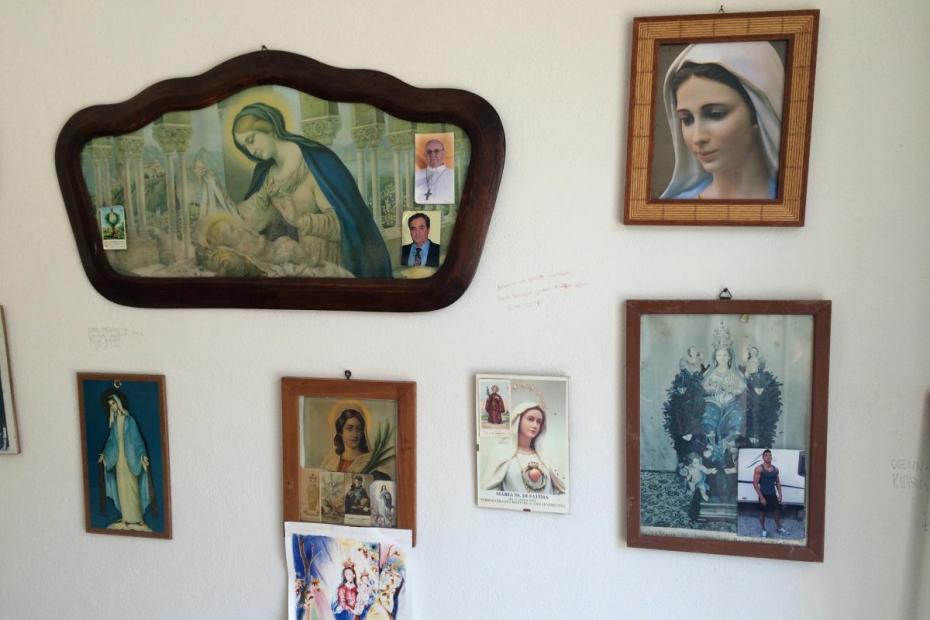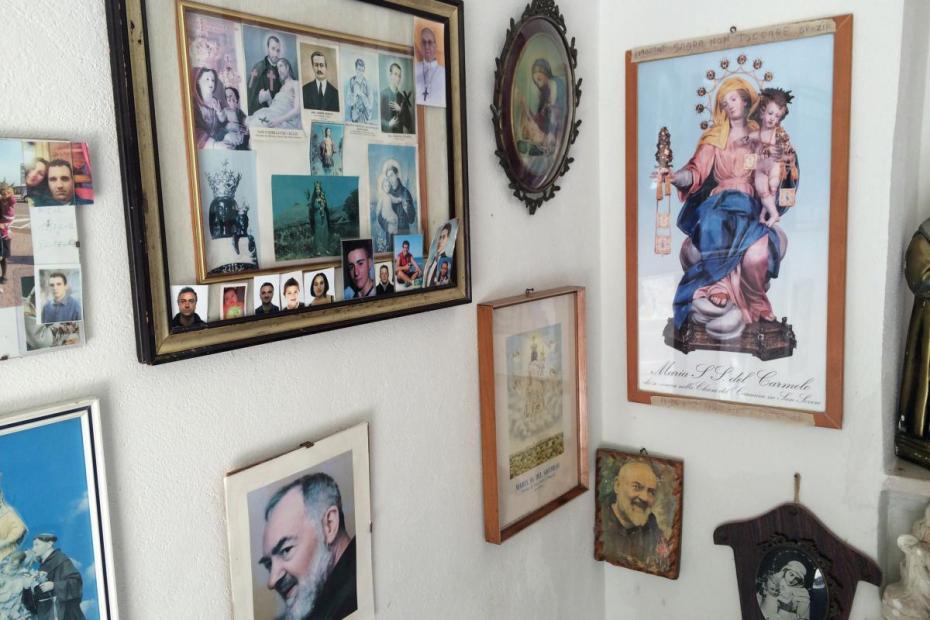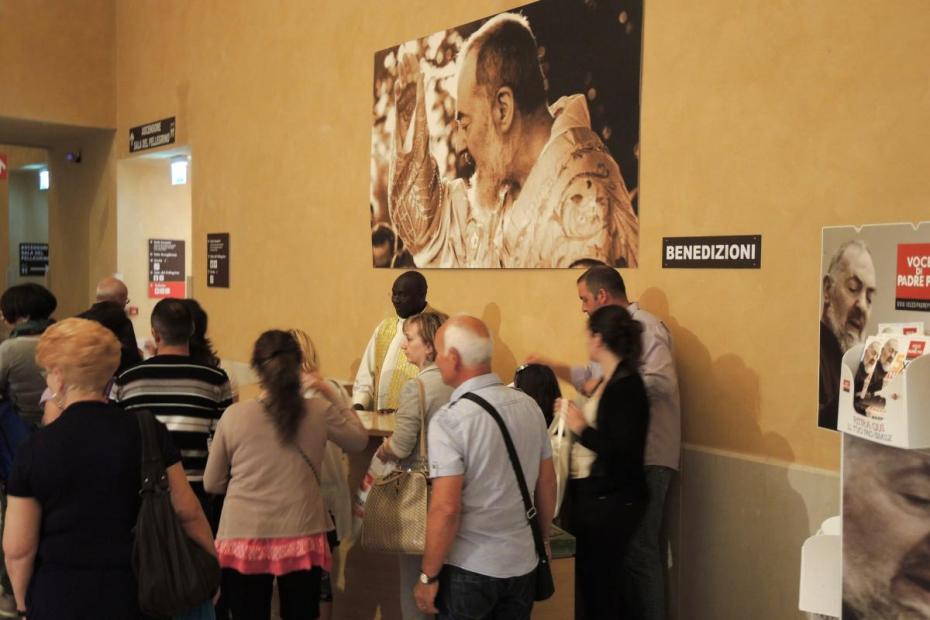The intensity of devotion to Mary and the saints is probably one of the most frequently noticed characteristics of Catholic practice in Italy. Images of the Madonna and a wide variety of saints are often more frequently to be seen than images of Christ, especially in public. Mary and the saints are visible in statues and pictures in the streets, and are celebrated as patrons of cities, towns and regions.
The older ideal of “patron saints” still endures to some degree in Italy, certainly more than in many parts of the world. It is intricately connected to the patron system that still endures to some degree in ordinary Italian life. To accomplish something, it always helps—and may even be absolutely necessary—to count on a powerful patron who has a direct line to the sources of power, and who can accomplish things for you. Patron relationships are cultivated: they are relational, friendly, mutually beneficial exchanges. Villages, cities and regions have their own particular patron saints.
According to Michael P. Carroll, “Madonnine images in Italy are relatively standardized. The Madonna is always fully clothed. She usually wears a cloak over a tunic, with her head covered by the cloak’s cowl. Although a few images are of the Madonna as a young girl, the vast majority depict her as an adult. But the one iconographic element that most distinguishes these images from images of, say, female saints is that the Madonna is usually holding a child.”1 The tendency to depict the Madonna with child is in marked contrast to famous shrines at Lourdes, Fatima and Guadalupe, where Mary is depicted alone.
Carroll emphasizes that in traditional Italian forms of devotion, images and relics of saints are not simply an aid to prayer, but are a source of power, protection and blessing. Worship of saints is expected to be a reciprocal relationship, he claims. Favors are asked, but veneration and cultivation of the saint’s following are expected in return. Images of the saints are important because, through their physicality, they enable believers to call on the saints, but also in some way to be with the saint, in the field of its power. They make the saints present among us, as if they allowed the saints to see and hear our needs in the material world.2
For all that, a 2007 survey of Italian Catholics suggest that among those who claim to pray at least a few times a year, almost two-thirds direct their prayers most often to God. Beyond that, the importance of Mary is clear: 42.3% pray most often to the Madonna, followed by 38.6% to Jesus, 14.7% to the saints, 13.1% to the dead, 5.2% to the Holy Spirit, and 3.7% to angels. The role of the saints, then, seems more complicated than one might expect, certainly not a role that seriously replaces devotion to God for most.3
- 1Michael P. Carroll, Veiled Threats: The Logic of Popular Catholicism in Italy (Baltimore: Johns Hopkins, 1996), 25.
- 2Carroll, Veiled Threats, 16-48, 168-69. Most of Carroll’s important sources are historical, but he draws some connections to the present day to claim that this form of religiosity, even if diminished, endures as a “logic."
- 3Franco Garelli, Religion, Italian Style: Continuities and Change in a Catholic Country (Surrey, UK and Burlington, VT: Ashgate, 2014), 56.


